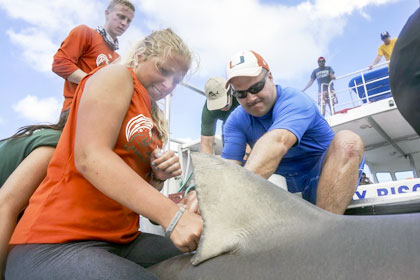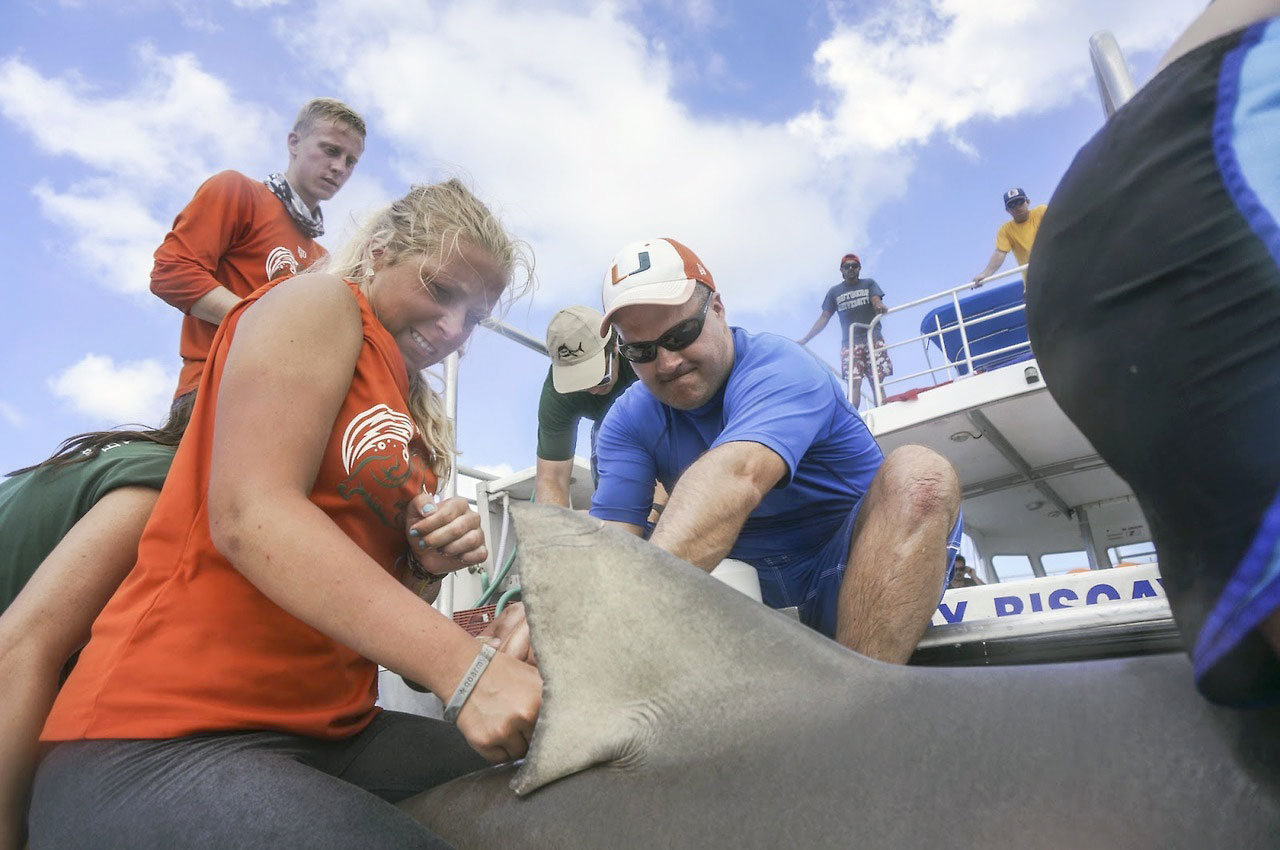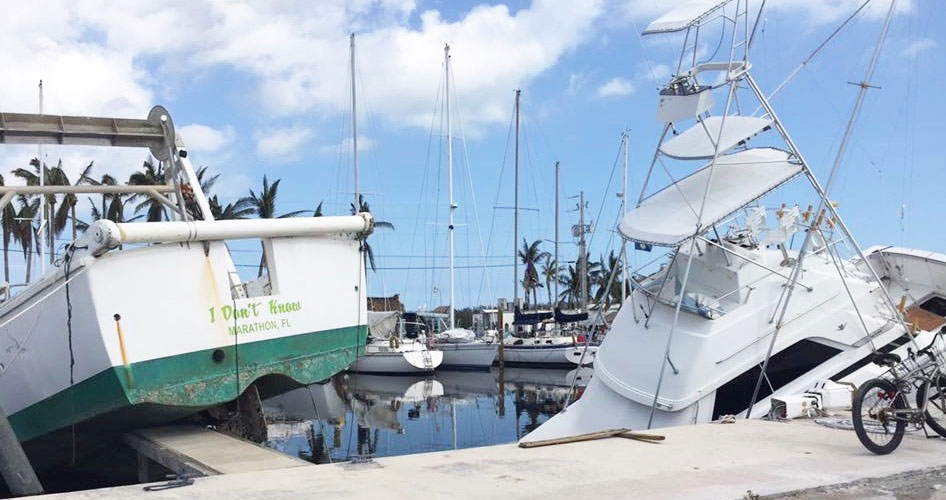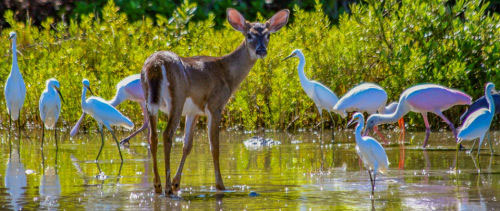Research In the Florida Keys

In 2014, Mike Monteleone (Delsea High School – Franklinville, NJ) used his Fund for Teachers grant to conduct marine biology, ecology and marine research in the Florida Keys. He took the time to share his thoughts on that experience, its impact on students and Hurricane Irma’s role in demonstrating how science is a verb.

Mike inserting a dart tag into a Lemon Shark on his FFT Fellowship in the Florida Keys
My wife and I were students at the University of Miami in 1992 when Hurricane Andrew hit south Florida. We witnessed first-hand the destruction to structures and the environment. It took literally years to clear hurricane debris from many areas. Hurricane Irma was an entirely different beast of a storm and while not there for the aftermath, we have friends and relatives in southwest Florida and the Keys giving us information. Many people remain without power and the damage is much more extensive than with Andrew.
I was awarded my fellowship in 2014 for a marine ecological field study in the lower Florida Keys. In fact, we stayed and studied between mile markers 20-22 – Ground Zero for Hurricane Irma. One of the major realizations I took from our studies was how fragile and integral coastal marine habitats are for the sustainability of ecosystems – both local and offshore. Many areas are already under pressure from human activities, pollution, development and over fishing / harvesting. A natural disaster as extensive and devastating as Irma will undoubtedly have major implications now and for decades to come. In the case of the Key deer, their only habitat – Big Pine Key – has been decimated and this already endangered subspecies may be lost forever.

A photograph Mike received from contacts in the Keys made on his fellowship
Ecology and human impacts on the environment are already hugely important aspects of the Biology curriculum I teach, but as I strive to prepare students to be smarter global citizens, the impact of natural disasters consumes an increasingly significant portion of our discussions.

(photo courtesy of the US Fish & Wildlife Service)
The students in my district for the most part are very limited as far as their experiences outside of their hometown, due in part to the demographics of the surrounding community (rural, with few parents being college educated). Therefore, seeing footage of me collecting data in what ended up being Ground Zero of the largest hurricane to hit the United States gives them a glimpse of life beyond the city limits and aids their understanding about how science is DONE. Undoubtedly this will inspire some to want to further their education so that they too can one day participate in a similar research study.
I am very anxious (and frightened) to return to the lower Keys this summer to survey the damage – both above and below the water. Many delicate sea grass flats, coral structures, and sponge communities are most likely destroyed and the effects on invertebrate and vertebrate populations will be significant for years to come. The human toll is of course horrific, but south Floridians are strong and they will rebuild. It saddens me deeply to think how this magnificent and environmentally influential area will suffer due to Irma.
[minti_divider style=”1″ icon=”” margin=”30px 0px 30px 0px”]
Mike graduated from the University of Miami with a degree in Marine Biology and continued there for partial fulfillment of M.D./Ph.D. requirements. He earned his Masters in Ecological Science from Rutgers University in 2016 and has taught Honors/AP Biology and Anatomy & Physiology in southern New Jersey for the past 17 years.
 Back to Blogs
Back to Blogs